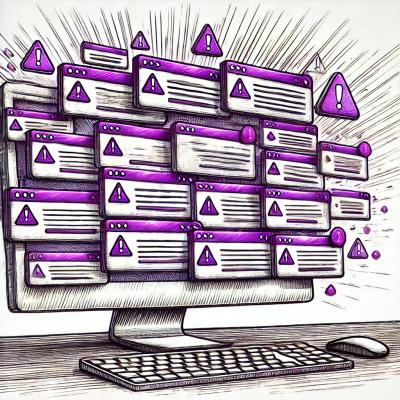Master:  Release:
Release: 
Introduction
Auspice is an open-source interactive web app for visualising phylogenomic data.
It is the app that powers all the vlisualisation on nextstrain.org, which aims to provide a continually-updated view of publicly available pathogen genome data.
Auspice was designed to aid epidemiological understanding and improve outbreak response, but is able to visualise a diverse range of datasets.
Please see nextstrain.org/docs/visualisation/introduction for more information, including input file formats.
Local Installs via NPM
npm install -g auspice
auspice data:<data> narratives:<narratives>
Where <data> and <narratives> are optional paths to folders containing the data JSONs and narrative markdown files, respectively.
Local data can be viewed by accessing localhost:4000/local.
Note that this requires you to have nodejs installed (see below for details).
Local Installs via GitHub
cd nextstrain # or whichever folder you'd like to contain nextstrain repos in
git clone https://github.com/nextstrain/auspice.git
cd auspice
npm install # install package dependencies
npm run build # build the client javascript bundle
npm run server # start a local instance of the server
Then access the app via localhost:4000/local.
By default, datasets and narratives are sourced out of the auspice directory.
These paths can be changed by running npm run server data:<data> narratives:<narratives> (see above).
If you are modifying the code, running npm run dev (instead of npm run build and npm run server) will modify the bundle on-the-fly, allowing you to see changes without rebuilding. Note that changes to the server code require restarting the server to take effect.
How to install Node.js
If you are comfortable using conda, installing nodejs is as simple as conda install -c conda-forge nodejs=9.11.1.
If you'd prefer not to use conda, nvm is an easy way to manage nodejs & npm versions -- this guide walks you through the installation.
License and copyright
Copyright 2014-2018 Trevor Bedford and Richard Neher.
Source code to Nextstrain is made available under the terms of the GNU Affero General Public License (AGPL). Nextstrain is distributed in the hope that it will be useful, but WITHOUT ANY WARRANTY; without even the implied warranty of MERCHANTABILITY or FITNESS FOR A PARTICULAR PURPOSE. See the GNU Affero General Public License for more details.



